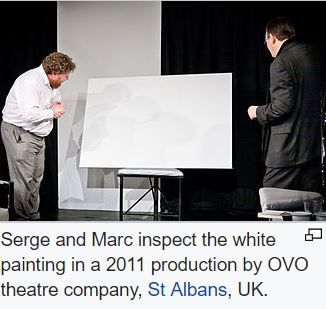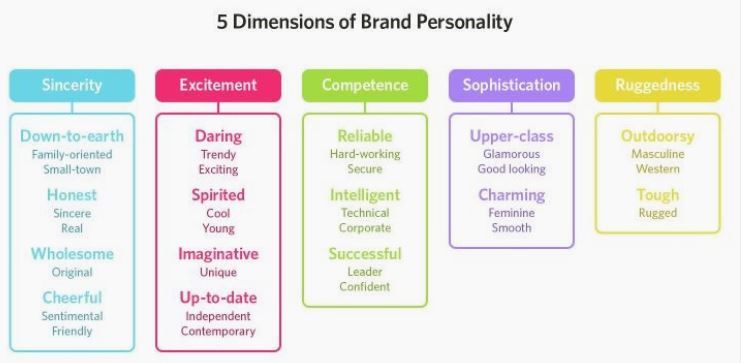The Power of Colour

This raises the question of the importance of colour in art. We know that different colours affect the way we think and feel; we hear these common sayings:
Seeing Red, Feeling blue, Green with Jealousy, Black with Rage.
In fact, colour affects every aspect of our lives: our surroundings, the weather, what we wear.
There is nothing like a sunny day to lift our spirits. Red warms us – even in a warm room, the lick of amber flames from an open fire draws us in. Blue is a cool colour, soothing to the eyes and our mind, while green harmonizes. A trip to the country or mountains usually calms or rejuvenates us.
Hospitals seek to cheer patients by painting walls red, orange and pink or blue and green to calm those who are over anxious.
There is in fact a scientific explanation as each colour has a unique vibration or electromagnetic field and therefore affects us in different ways. History shows that India, China and even the ancient Egyptians knew the power and influence of colour ie in the great temples eg in Karnak and Thebes, colour halls existed to assist research in the use of colour and they all practised a form of colour healing. To this day some natural therapists use chromatherapy as a form of healing.

The website colour-affects.co.uk explains there are four psychological primary colours - red, blue, yellow and green. They relate respectively to the body, the mind, the emotions and the essential balance between these three. It is interesting to read about the psychological properties of the eleven basic colours and how they affect our emotions, as summarised on their link below:
http://www.colour-affects.co.uk/psychological-properties-of-colours
As you can see colour affects our lives in many ways.
Tomorrow Anne will show us how artists use colour to create different effects and to evoke different emotions - feelings of beauty, peace, exhilaration, anger, joy or sorrow.
